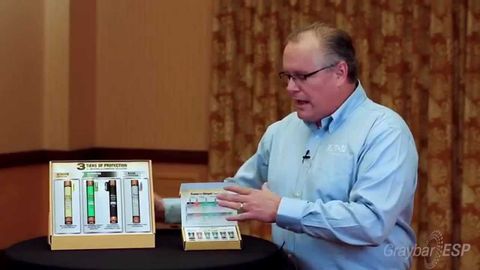
Subtitles & vocabulary
Fuses Made Simple with Bussmann by Eaton
00
林奕廷 posted on 2015/05/15Save
Video vocabulary
current
US /ˈkɚrənt, ˈkʌr-/
・
UK /'kʌrənt/
- Uncountable Noun
- Electricity flowing through wires
- Movement of water in a river, or air in the sky
- Adjective
- Happening or being in the present time
- In general use or accepted by most people.
A2
More question
US /ˈkwɛstʃən/
・
UK /'kwestʃən/
- Transitive Verb
- To ask for or try to get information
- To have or express concerns or uncertainty
- Noun (Countable/Uncountable)
- Issue or problems you are dealing with
- A sentence worded or expressed so as to elicit information.
A1
More control
US /kənˈtrol/
・
UK /kən'trəʊl/
- Noun
- A device designed to operate a machine
- Participant in experiment that is left untouched
- Transitive Verb
- To direct or influence the behavior of something
- To have power over; to manage or regulate.
A1
More application
US /ˌæplɪˈkeʃən/
・
UK /ˌæplɪˈkeɪʃn/
- Noun (Countable/Uncountable)
- Software program, e.g. for smart phone
- Process of spreading a substance over a surface
A2TOEIC
More Use Energy
Unlock All Vocabulary
Unlock pronunciation, explanations, and filters
